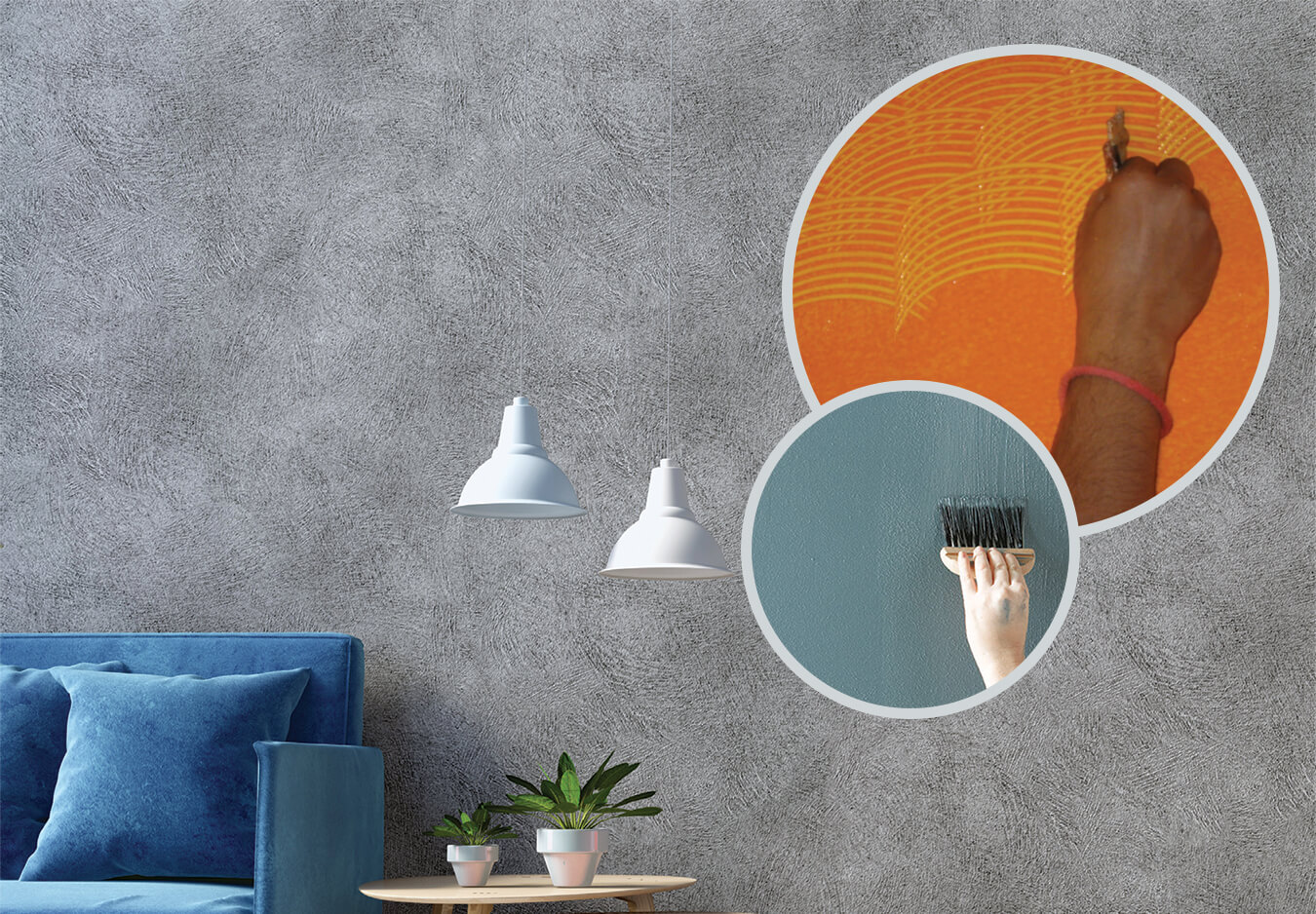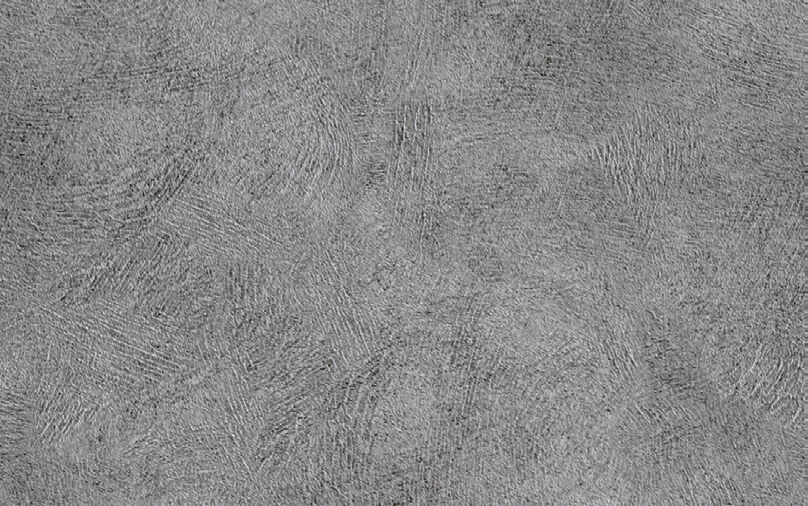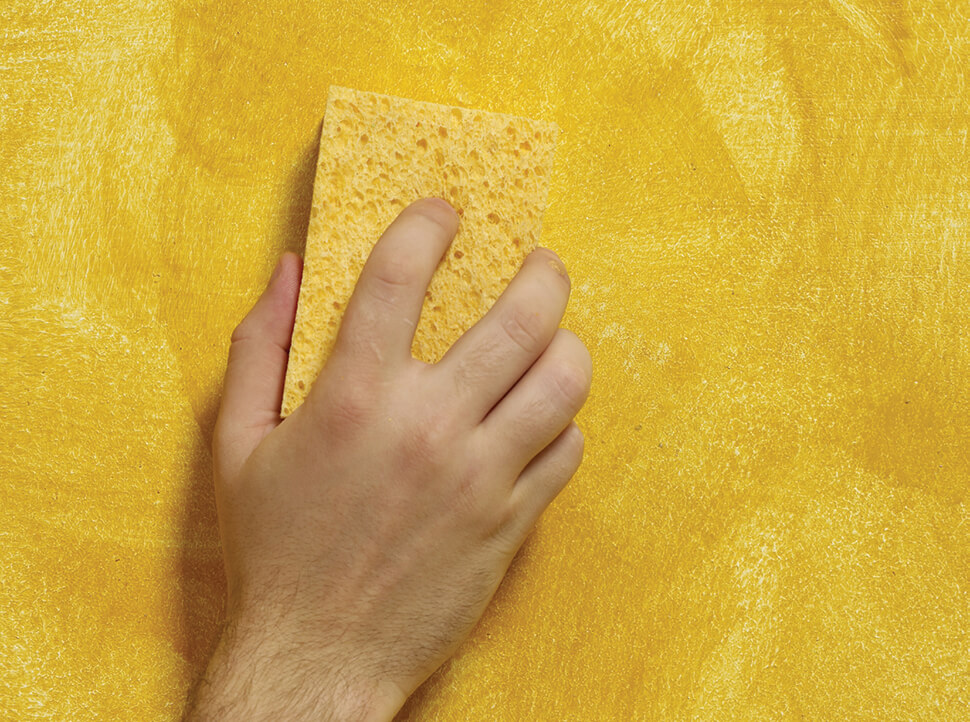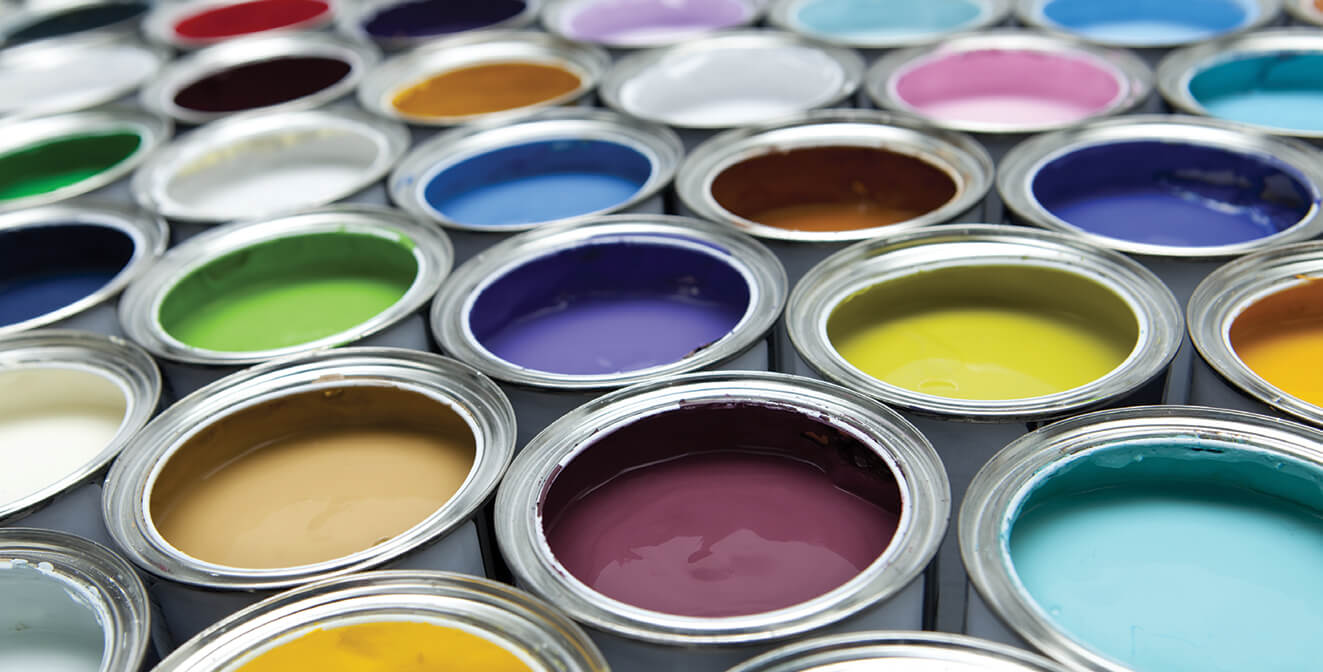The four walls that surround you don’t have to be plain and boring – there are now plenty of ways to add a little lustre to them.
Your home is a sanctuary where you can escape the hustle and bustle of your daily life. That is why so many people are willing to fork out good money to create the best ambiance for their abodes, no matter how humble.
However, most are more concerned with what goes into their houses than what goes on the wall. That is only to be expected — after all, walls are merely structural implements in your house.
But they can be much more.
“Walls play a crucial part in the overall design of your home,” says T’ea Looi, creative director of Shang, a boutique interior design firm. “They frame the interior and unify the overall look.”
It may seem like there’s not much you can do to the four walls in your home. But there is. And we’re talking about more than just a fresh coat of paint. Thanks to advances in paint technology, there are now ways to completely customise the wall treatment in your home. All it takes is a little elbow grease and some ingenuity.
Here are some ideas for turning your house into an art piece.
DIY METHODS
Combing Even if you don’t have a creative bone in your body, this DIY method of adding some texture to your walls, also known as drag painting, is simple enough to grasp. And it can create the look of crisp linen or intricate weaves. “First, apply a base coat to your wall and allow it to dry. Then add a thin layer of glaze in a complementary or contrasting colour and drag the ‘comb’ — a special brush with teeth — through the glaze to create the desired pattern,” says Looi.

Wall Putty “Another way to create visual texture is to slather the wall with wall putty,” Looi recommends. “Apply the putty with a flat trowel. Allow it to dry and paint over.” The finished look of this method is very rustic, with rugged edges and uneven texture, so it may not be for everyone.” It’s a good method to hide imperfections on your wall, she adds.

Sponge Painting “This is a simple way to add subtle texture and depth to a plain wall,” advises Looi. “Not only is it a quick and easy method, it’s also forgiving to imperfections.” All you need is a sea sponge and a willingness to get messy. “Let the base coat dry completely, then use the sponge to dab on a second colour. For best results, the second colour should be a different shade from the base coat.”

PSYCHOLOGY OF COLOUR
Before you start splashing paint on your walls willy-nilly, it’s important to understand how colours affect perception when it comes to interior design.
Colours can affect your state of mind. They can energise you, cheer you up, calm you down and make you feel safe. Some colours can also increase your ability to concentrate. Then there are colours that can make you feel depressed or irritable. Certain colours or combinations of colours can also create optical illusions that make your room appear bigger or smaller. So don’t discount the effect that the right or wrong colour can have on your life — after all, you’re going to have to live with it every day. Here is how you can play with colors to create the kind of home you want.

Red
If you love the colour red, you may want to rethink having it all over your home. The colour is often associated with danger and can increase heart rate.
Blue
On the other hand, you may want to go with blue instead, since it’s known to lower blood pressure and heart rate. However, the right shade of red can increase the level of passion, which is great for bedrooms; it’s ideal in the kitchen, too, as it’s known to increase appetite.
Brown
Brown is a neutral that can create a deep sense of comfort. It’s often seen in nature. The earthy hue is grounding and induces a feeling of security. Incidentally, it’s also associated with comforting items, such as chocolate and coffee.
White
White evokes feelings of purity. It’s a refreshing colour and conveys a clean and open feel in your home. White walls can also create the illusion of height and pull the eye up, giving the impression there’s more height in the room. White is also a good base to pair with other neutrals for a pleasing and calming palette.
Grey
Grey adds modern elegance to interiors while black, used sparingly, feels sophisticated and sharp.
Yellow
Yellow brings an uplifting dose of sunshine into your home
Pink
Pink, often synonymous with femininity, is soothing and calming.
Purple
Purple, often associated with royalty, feels luxurious.







